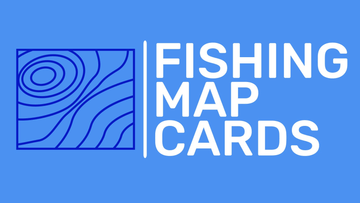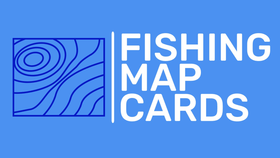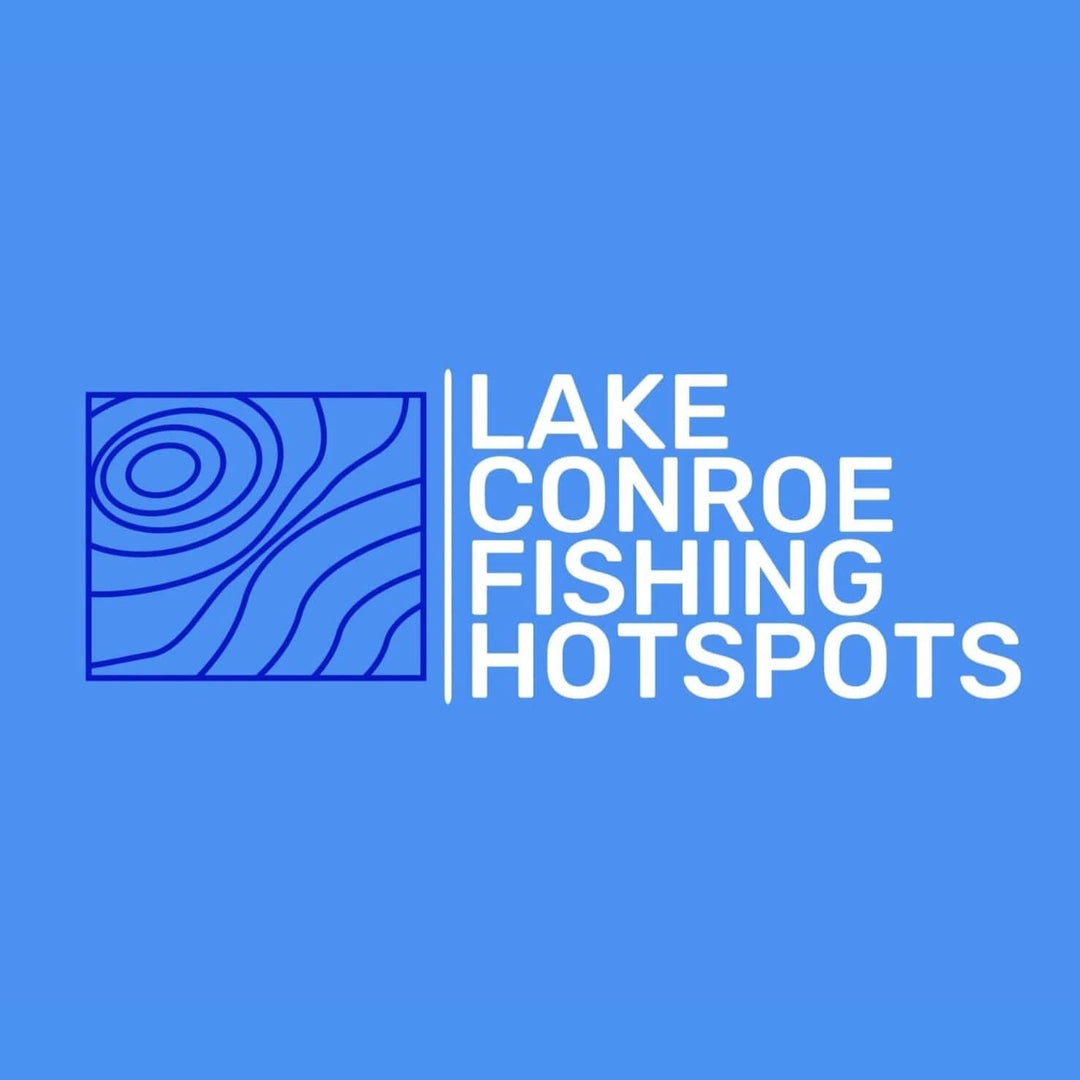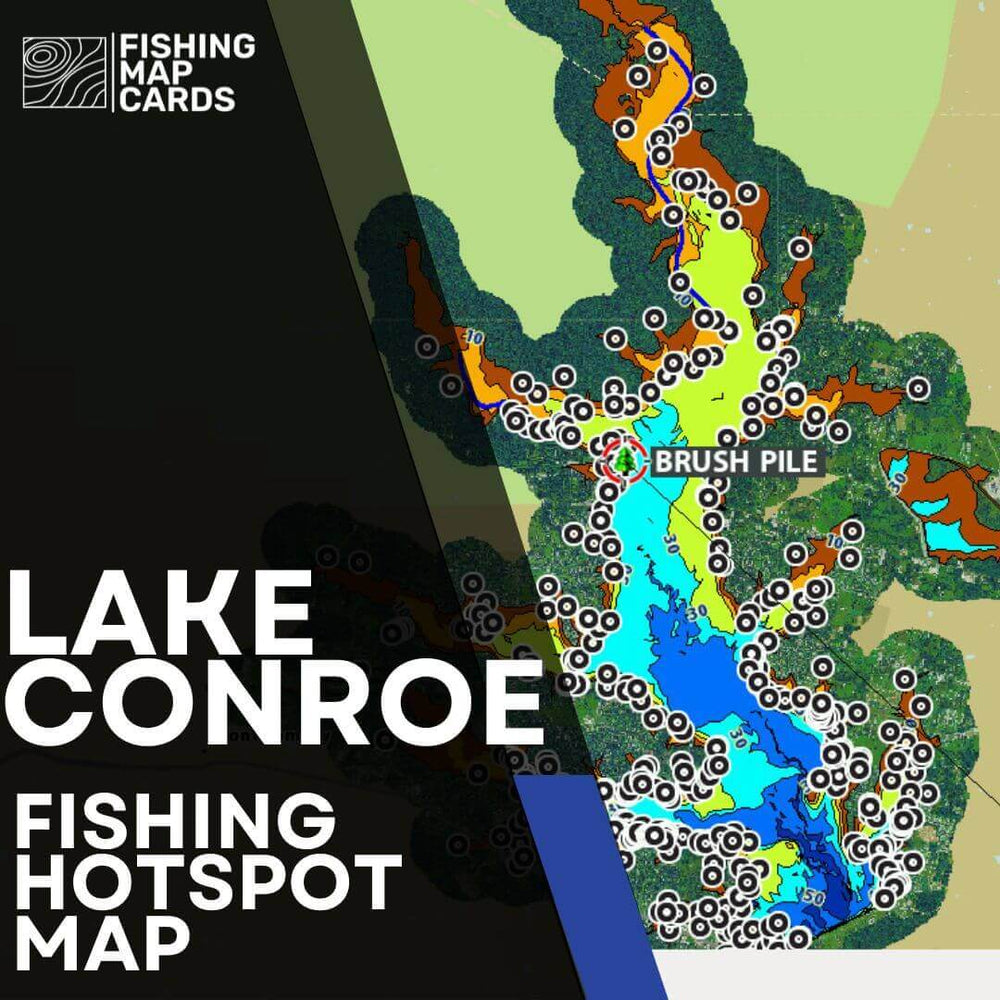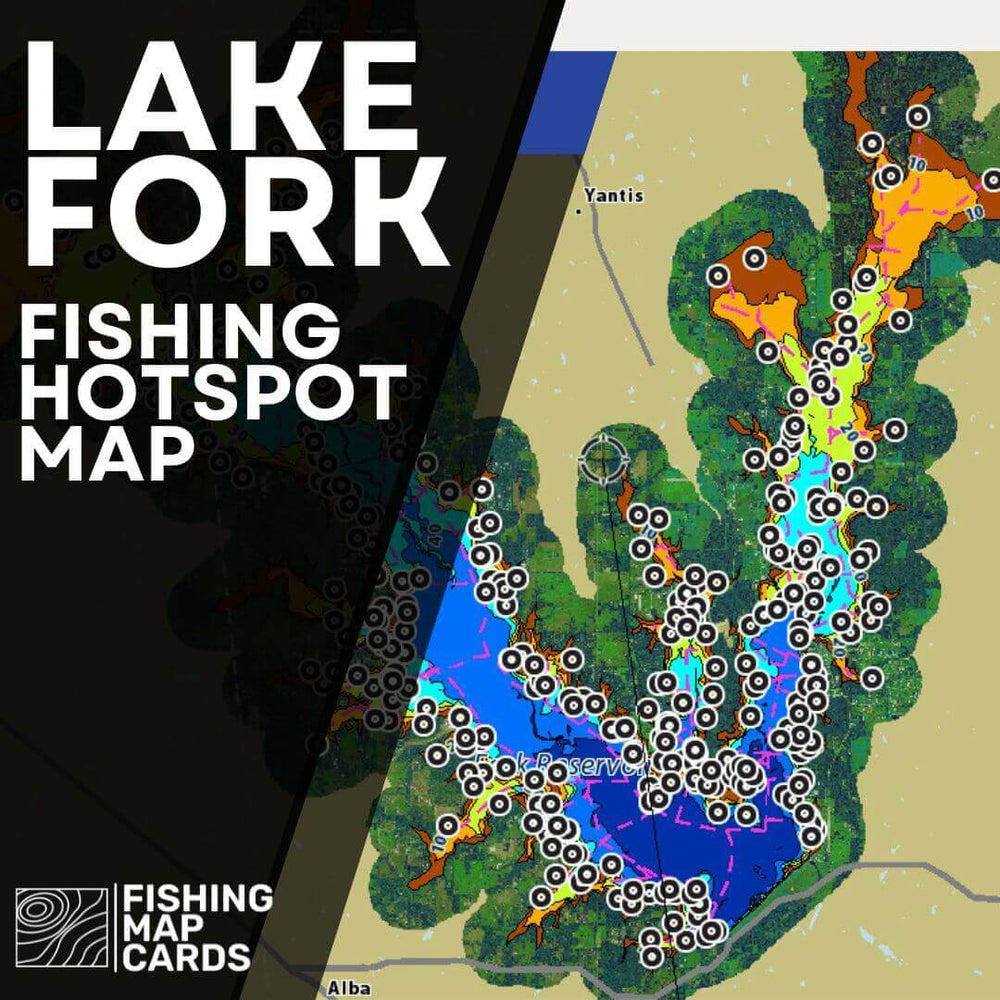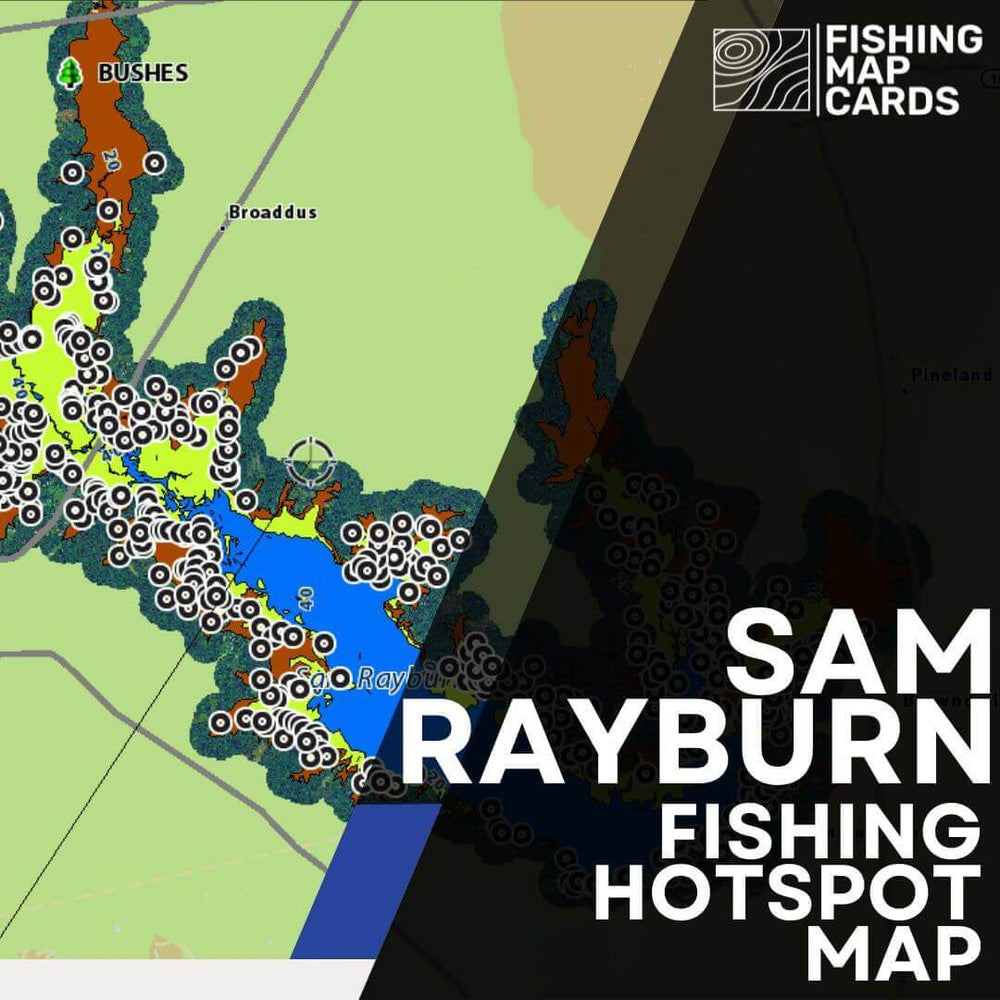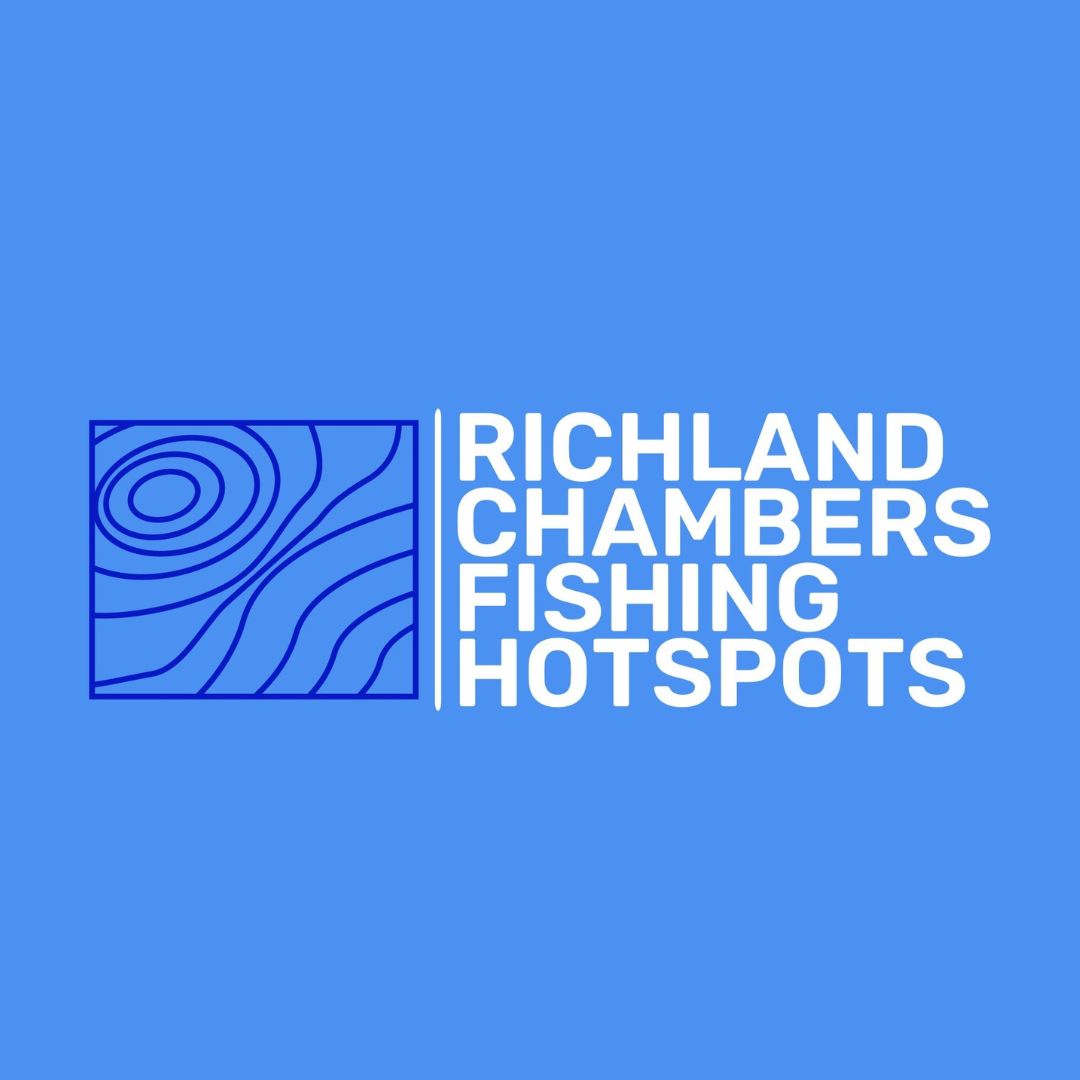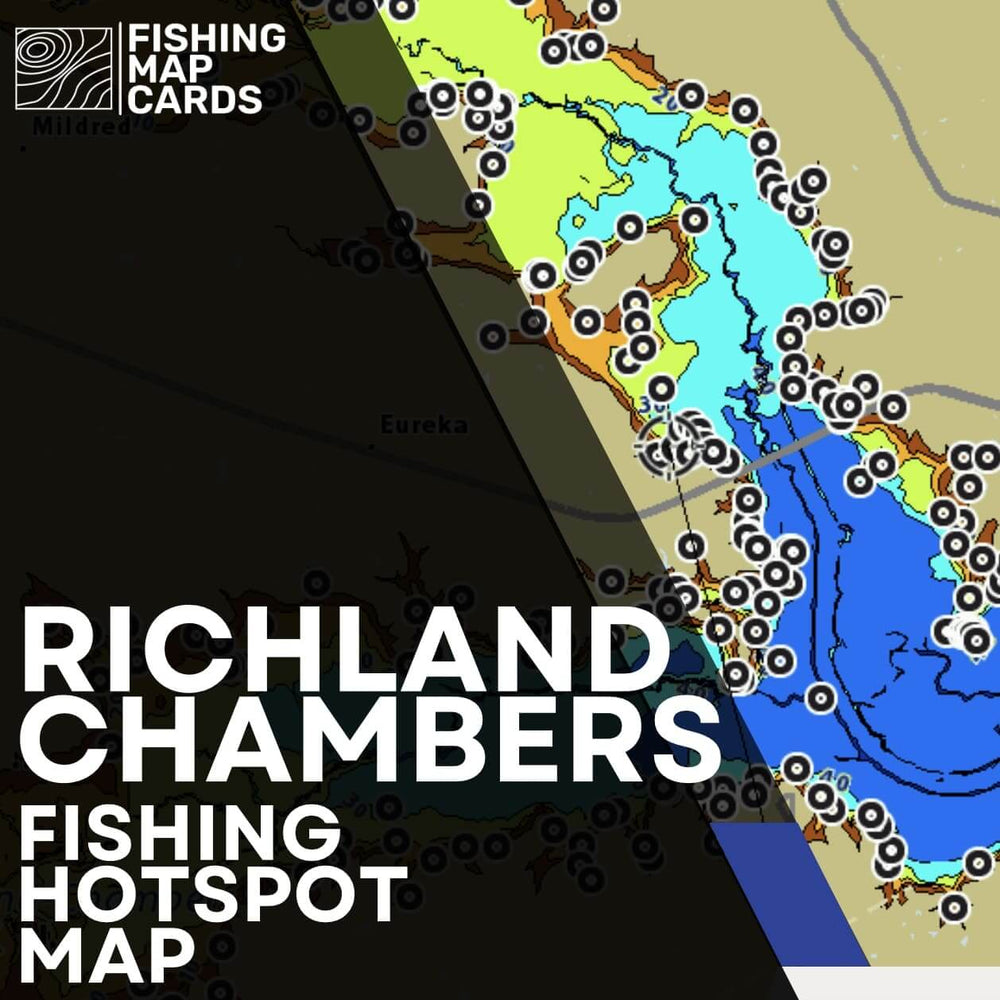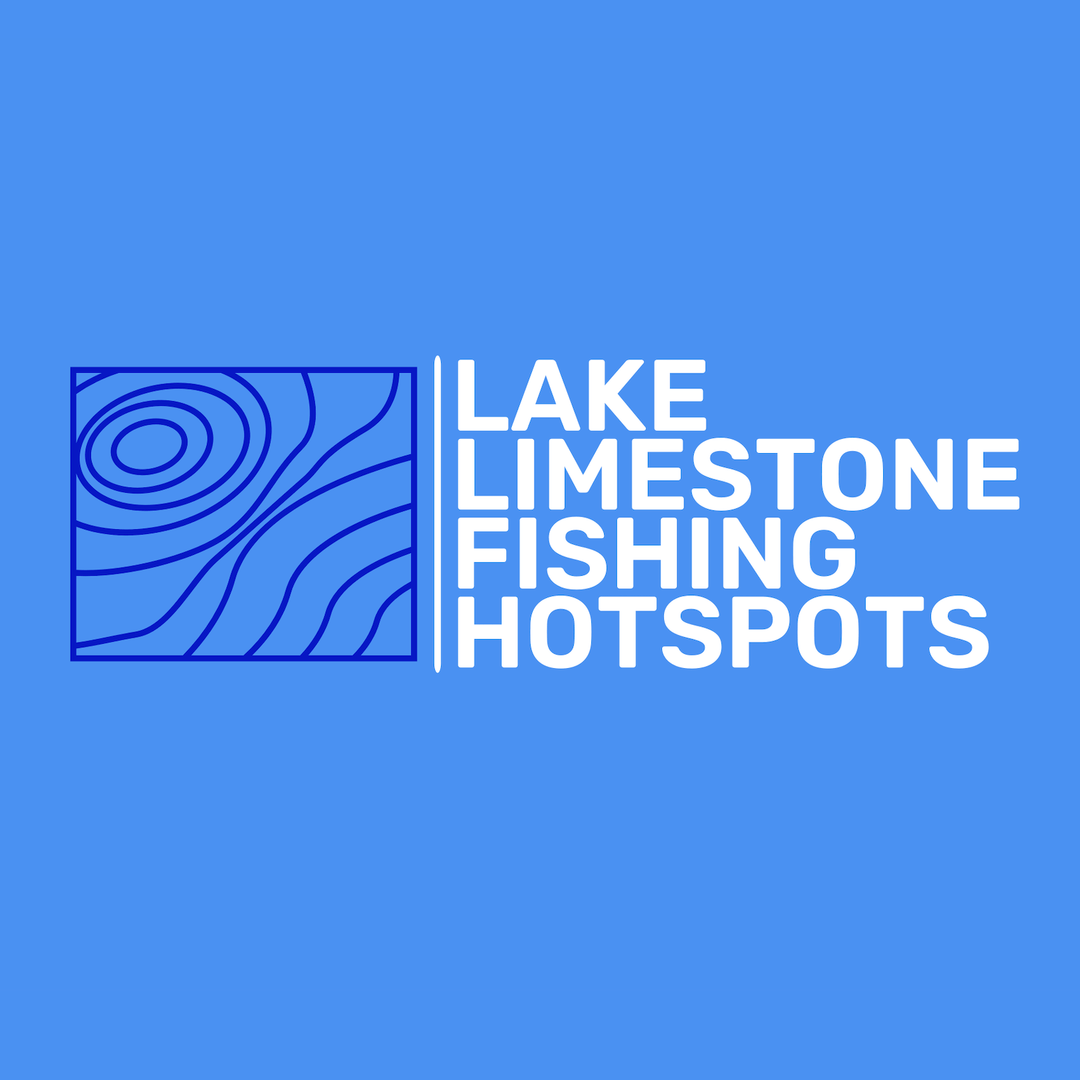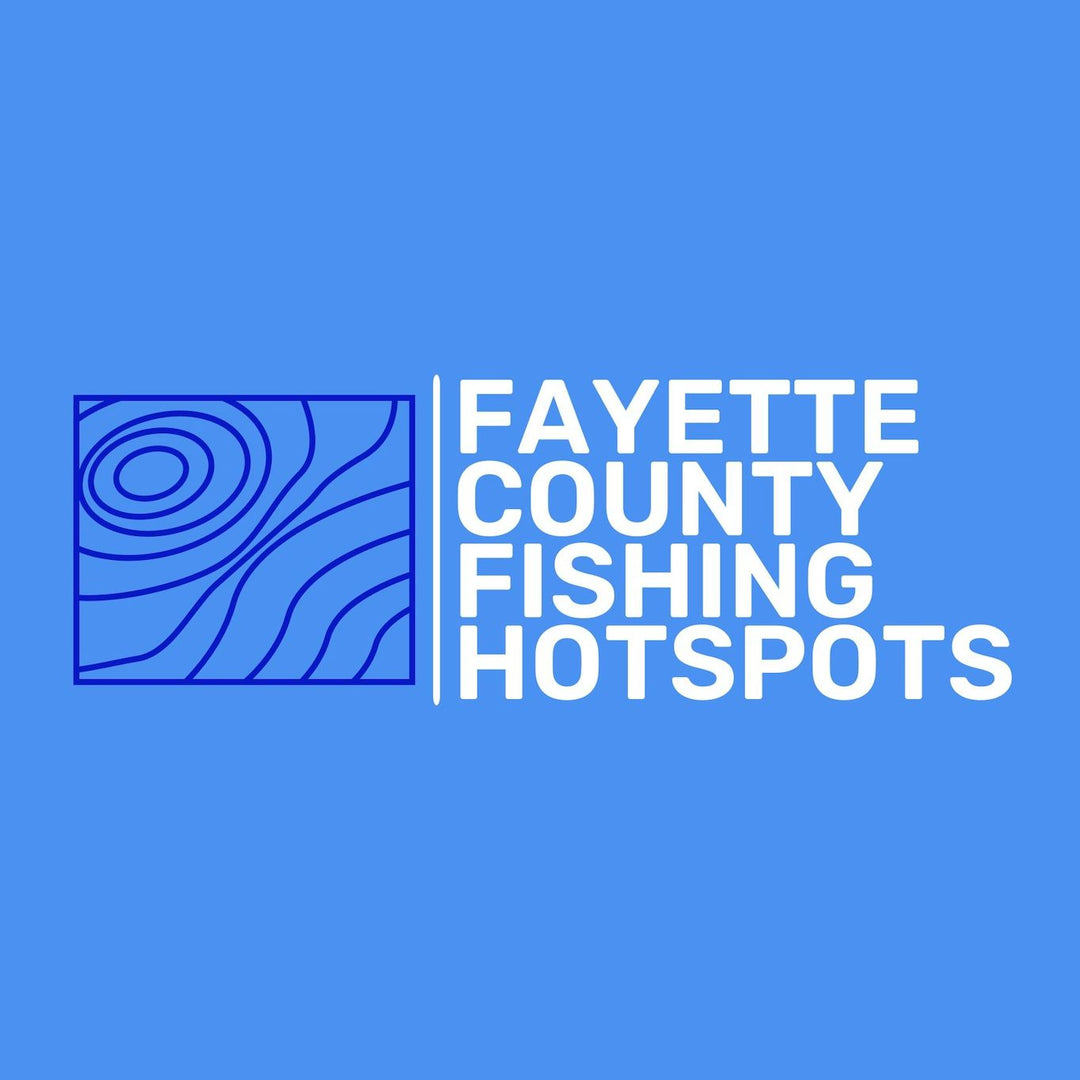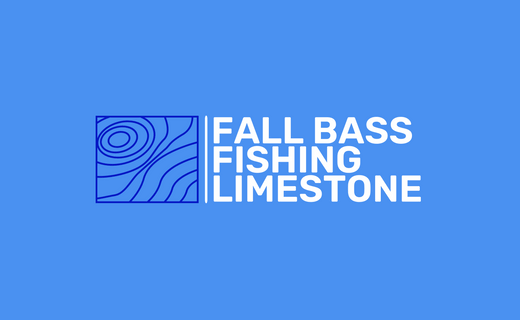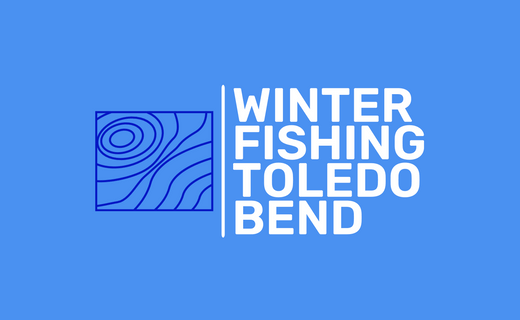Understanding the Thermocline and Fall Turnover: Key Concepts for Successful Fishing
For many anglers, terms like "thermocline" and "fall turnover" might sound technical, but understanding these concepts is essential for optimizing your fishing strategy, especially as the seasons change. Both the thermocline and the fall turnover play significant roles in determining fish behavior and, consequently, your fishing success. In this blog post, we’ll dive into what these phenomena are, how they affect your fishing, and how you can adjust your approach to make the most of these natural processes.
What Is the Thermocline?
The thermocline is a distinct layer within a body of water where the temperature changes more rapidly with depth than it does in the layers above or below. During the warm months, lakes like Lake Conroe or Sam Rayburn Reservoir typically stratify into three layers:
-
Epilimnion: This is the top layer, warmed by the sun. It is usually the most oxygen-rich layer, supporting the most active fish during the warmer parts of the day.
-
Thermocline: The middle layer where the temperature drops significantly over a short vertical distance. This layer acts as a barrier between the warm surface water and the cooler deep water. The thermocline can vary in depth depending on the lake, weather conditions, and time of year.
-
Hypolimnion: The bottom layer, which remains cooler and often has lower oxygen levels. During the summer, many fish avoid this layer unless they can find pockets of oxygen-rich water.
How the Thermocline Affects Fishing
Understanding the thermocline is crucial for locating fish. In the summer, fish often suspend just above or within the thermocline, where they can find the ideal combination of temperature and oxygen. If you’re fishing in deep water, knowing the depth of the thermocline can help you target fish more effectively.
For instance, if you’re using a fishfinder, you might notice a band of suspended fish at a specific depth – this is often the thermocline. Fish like bass, crappie, and walleye may concentrate around this layer because it offers a comfortable environment with abundant food sources.
What Is Fall Turnover?
As summer ends and the water temperature begins to cool, the layers in the lake start to mix. This process, known as fall turnover, is driven by the cooling of the surface water. As the surface layer cools, it becomes denser and sinks, causing the lake's layers to mix. The result is a uniform temperature and oxygen distribution from the surface to the bottom of the lake.
While this mixing is essential for the health of the lake, it can create challenges for anglers. Fish that were once concentrated around the thermocline may now scatter throughout the water column, making them harder to locate.
How Fall Turnover Affects Fishing
During fall turnover, fish behavior can become unpredictable. The mixing of water layers can bring nutrient-rich but oxygen-depleted water from the bottom to the surface, sometimes resulting in murky water and lower visibility. This can affect the effectiveness of certain lures and techniques.
However, once turnover is complete and the water stabilizes, fishing can improve as fish spread out and become more active across a wider range of depths. The key to successful fishing during this time is to stay versatile and be willing to explore different depths and areas of the lake.
Adjusting Your Fishing Strategy for Thermocline and Fall Turnover
-
Identifying the Thermocline:
- Use your fishfinder to locate the thermocline during the summer months. Once you’ve identified its depth, adjust your presentation to target fish that are suspending just above or within this layer.
-
Transitioning with the Fish:
- As fall turnover begins, fish may become scattered and harder to find. Focus on transition areas like points, drop-offs, and creek channels where fish might concentrate as they adjust to the changing water conditions.
-
Adapting to Murky Water:
- During turnover, water clarity may decrease. This is a good time to switch to lures that create more vibration or noise, such as spinnerbaits or crankbaits, to help fish locate your bait in low-visibility conditions.
-
Exploring New Depths:
- After turnover, fish can be found at various depths, so don’t hesitate to explore shallower or deeper areas than you normally would. This is also a great time to try different types of structure, as fish are more likely to roam.
-
Be Patient:
- Fall turnover can be a tough time for fishing, but it’s temporary. Stay patient, keep experimenting with different techniques and locations, and you’ll eventually find where the fish are holding.
Conclusion
Understanding the thermocline and fall turnover can give you a significant advantage when fishing in lakes that experience these phenomena. By learning how these natural processes affect fish behavior, you can adjust your strategy to stay on top of the game, whether you’re targeting bass, crappie, or any other species. With a bit of knowledge and flexibility, you can turn these challenges into opportunities for successful fishing trips throughout the year. Find the best fishing spots for your lake at fishingmapcards.com
